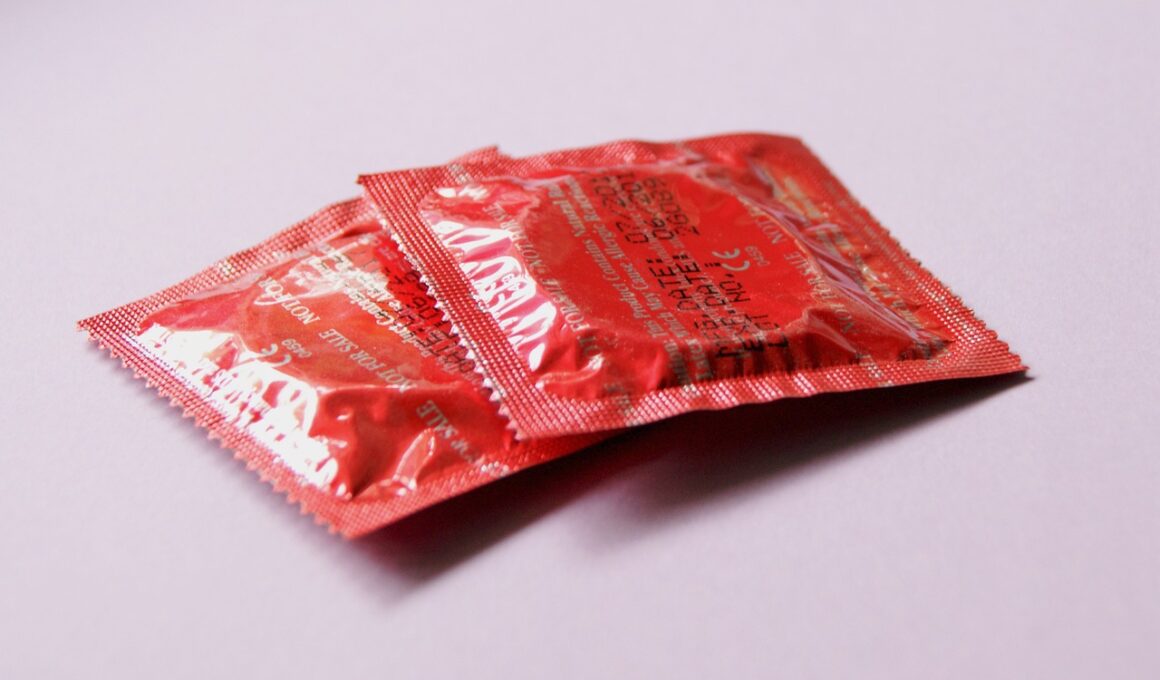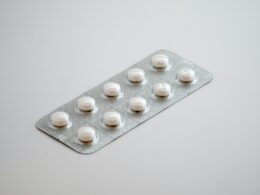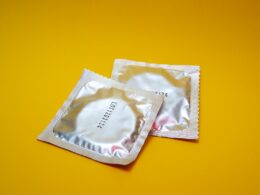If you use the pill or a hormonal method like an IUD or implant, you may start to get periods again. Your ovulation cycle will probably be irregular at first, but it will eventually return to normal.
You can also try a hormone-free birth control option such as the diaphragm, which physically blocks sperm from entering your body.
1. Talk to Your Doctor
If you’re considering stopping hormonal birth control (the pill, patch, ring, or implants), it’s always smart to check in with your doctor first. They can tell you what to expect and help make sure you’re ready for the transition. They can also recommend a different form of birth control or prescribe something if necessary.
When you stop hormonal birth control, your period will likely return within a few weeks—though it can take a few months for your hormones to fully regulate. That’s why it’s important to have a backup method of contraception for the first few weeks, such as condoms or a diaphragm.
Hormonal birth control does a lot of good for your body, especially over the long term, but it’s not perfect. “The pill can increase your risk of endometrial cancer, ovarian cancer, and uterine fibroids,” Banafsheh Kashani, an OB-GYN, reproductive endocrinologist, and infertility specialist in Laguna Hills, California, tells SELF. Depending on your age, you may also experience menopausal symptoms, like irregular periods and hot flashes, once you’ve stopped taking it.
It’s generally safe to quit a pill pack mid-cycle, but Dr. Brant suggests finishing out the full round if your side effects are bothersome. If your menstrual cycle doesn’t return after three months of not taking the pill, see a doctor to troubleshoot, as this could be a sign of underlying issues, like PCOS or uterine fibroids.
2. Take a Break
If you’ve been using hormonal birth control for a while, you may be wondering if it’s time to take a break. It’s totally normal to think that, and it could be for any number of reasons, from noticing side effects to wanting to try out a different form of contraception.
Hormonal birth control methods like the pill, patch, ring and hormonal IUD work by turning off hormone signals that stop your body from ovulating. When you stop them, your body has to turn those signals back on again—and this can lead to spotting between periods and an irregular menstrual cycle.
These symptoms are normal, but they can be frustrating and make you feel like your body is going wrong. The truth is that it’s just your body catching up with your natural menstrual cycle, says Dr. Kashani.
If you notice a lack of spotting or bleeding between your periods or very heavy periods, you should check in with your doctor to see what’s up. This could indicate ovulation problems or that you’ve entered perimenopause, which would require a follicle stimulating hormone (FSH) test to confirm.
But, don’t worry about having to wait for these changes to pass before you can get pregnant again if you’re ready. The chances of pregnancy are much less when you’re over 35 and not taking the pill, anyway.
3. Prepare Your Body
The experts we spoke to recommend preparing your body for the hormones of pregnancy by consuming a diet high in fruits, veggies, lean proteins and healthy fats. This will help ease the symptoms of hormone imbalance that may occur when you stop hormonal birth control methods like the pill, patch, ring or IUD.
Depending on which type of birth control you’re taking, your menstrual cycle will probably return in about three months after you stop the hormones. The first period you get after stopping hormonal birth control will likely be irregular or heavier than usual (known as the ‘withdrawal bleeding’) as your body adjusts to the hormone changes, says Dr Kashani.
Your next period will probably be more regular if you’re taking a combination birth control pill, which is usually 21 days of hormone pills followed by seven inactive pills (the 28-day pack). It can take up to a year for your menstrual cycle to return to normal after you stop using an IUD or implant, since the hormones from these types of contraceptives stay in your system.
You might have a longer wait if you’re using the birth control shot, which requires a trip to your doctor every 3 months to have it removed. However, it’s still important to discuss this with your doctor so they can tell you how long to expect a break.
4. Schedule an Appointment
If you take a combined oral contraceptive pill, you should stop it for 21 days before your ovulation cycle starts (if you use the 28-day pack). The synthetic progestin and estrogen in these pills work by blocking your body’s release of the hormones that trigger ovulation (luteinizing hormone, or LH, and follicle-stimulating hormone, or FSH) and also by thickening cervical mucus and the uterine lining to make it more difficult for sperm to get in.
You can also stop using a hormonal birth control patch or ring at any point during the month, though you may need to wait for a full three weeks (or more) after you remove it before you start your period. When you do stop the birth control, it’s important to keep track of your menstrual cycle so that you know when to expect your next period.
Your periods will probably get wacky, and they may even get heavier than before. That’s because hormonal birth control stops your ovulation, and once you stop, your body will probably resume the process.
And don’t be surprised if you spot more often in the months after stopping your pill or patch, too. The spotting could indicate that your ovulation hasn’t been working, which would require a medical evaluation. If that happens, your doctor can prescribe a medication to encourage ovulation, or you can switch to another form of birth control.









